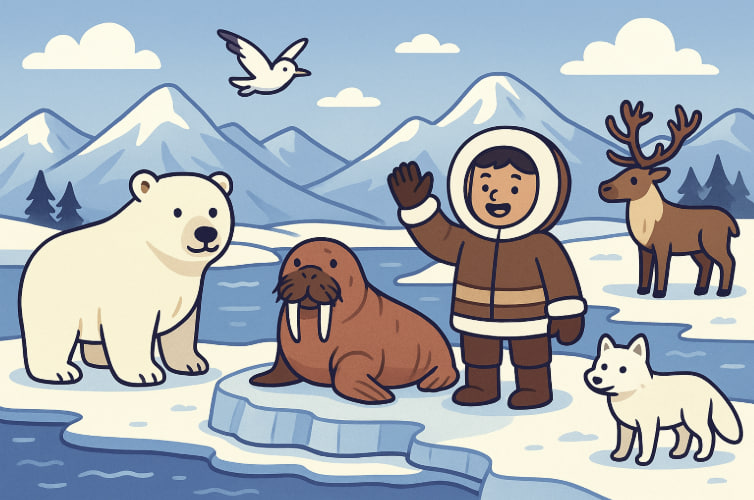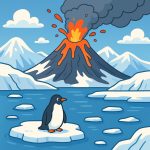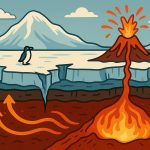The Arctic is one of the most unique and delicate regions on Earth. Centered around the North Pole, it is not a continent but a vast frozen ocean surrounded by the northern parts of Europe, Asia, and North America. Though covered in ice for much of the year, the Arctic is home to rich ecosystems, Indigenous cultures, and a climate system that affects the entire planet.
Geography and Climate
The Arctic spans approximately 14 million square kilometers, including the Arctic Ocean, parts of Canada, Russia, Greenland, Norway, and Alaska. Unlike Antarctica, the Arctic is not land-based—its core is an ocean covered by sea ice, which expands in winter and shrinks in summer.
Temperatures vary from –40°C in winter to around 0°C in summer, though climate change is rapidly warming the region—twice as fast as the global average.
Life in the Arctic
Despite harsh conditions, the Arctic supports a diverse web of life. Key species include:
- Polar bears, which rely on sea ice to hunt seals
- Arctic foxes, snowy owls, and reindeer
- Walruses, narwhals, and bowhead whales
- Plankton, fish, and seabirds forming the marine food chain
Over 4 million people live in the Arctic region, including Indigenous groups such as the Inuit, Sámi, and Chukchi, who have developed rich cultural traditions and sustainable lifestyles in harmony with nature.
Climate Importance
The Arctic plays a crucial role in regulating Earth’s climate:
- Albedo effect: The reflective surface of ice sends solar energy back into space, helping cool the planet.
- Ocean currents: Cold, salty water from the Arctic drives global ocean circulation.
- Methane storage: Arctic permafrost holds vast amounts of methane, a potent greenhouse gas that could be released as temperatures rise.
When Arctic ice melts, it not only raises sea levels but also accelerates global warming, triggering a dangerous feedback loop.
Threats to the Arctic
The region is facing serious challenges:
- Climate change: Melting sea ice, thawing permafrost, and shifting ecosystems.
- Oil and gas exploration: Increased access due to retreating ice invites resource extraction.
- Shipping routes: New Arctic sea lanes bring pollution, noise, and risk of oil spills.
- Loss of Indigenous ways of life: Environmental damage disrupts hunting, herding, and culture.
Protecting the Arctic
There is no single treaty governing the Arctic like the Antarctic Treaty. Instead, protection efforts rely on:
- The Arctic Council (eight Arctic nations + Indigenous groups)
- National environmental laws
- Marine protected areas
- Activism by NGOs and Indigenous leadership
Preserving the Arctic is not just about saving polar bears—it’s about securing the health of the entire planet.
Glossary
- Sea ice — Frozen ocean water that floats on the surface and changes with the seasons.
- Indigenous groups — Native peoples of the Arctic who have lived there for thousands of years.
- Albedo effect — The reflection of solar energy from white surfaces like ice and snow.
- Methane — A strong greenhouse gas stored in Arctic permafrost.
- Permafrost — Permanently frozen ground found in the Arctic and subarctic regions.
- Arctic Council — A high-level forum for cooperation among Arctic nations and Indigenous communities.


